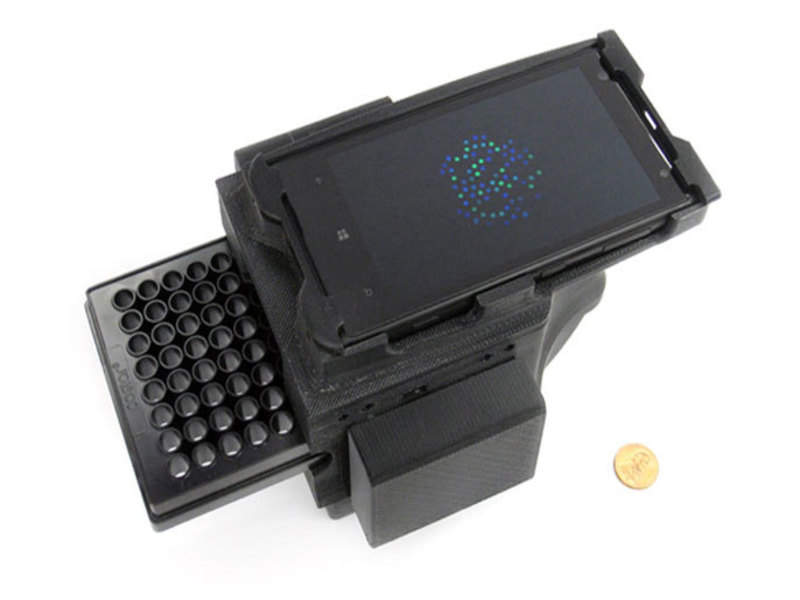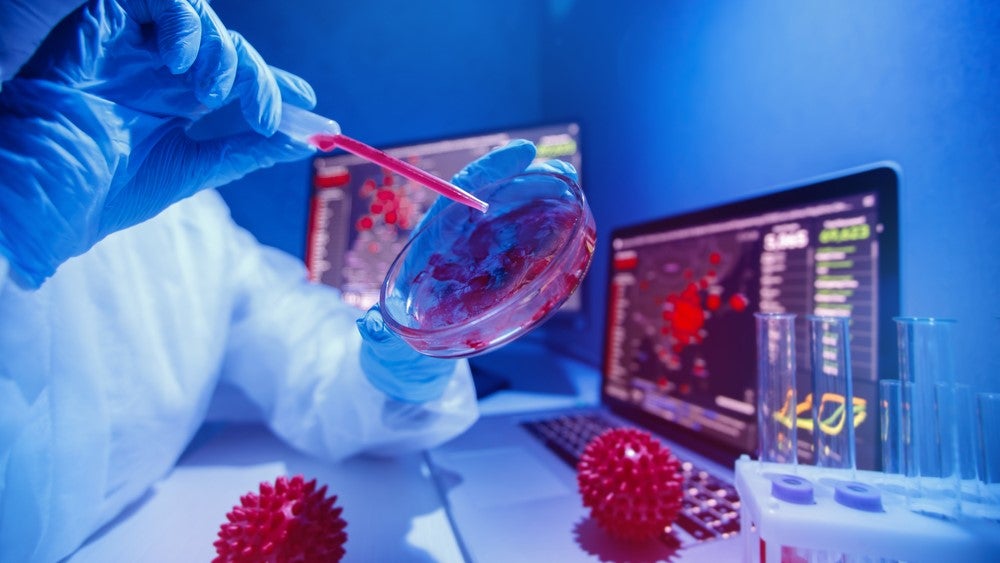

The researchers at University of California, Los Angeles (UCLA) in the US have developed a new technique to identify the presence of DNA biomarkers of a disease using cellphone technology.
The new method utilises the sensors and optics of cellphones to interpret light generated by a new detector dye mixture that is designed to report the presence of DNA molecules with a bright signal.
The standard diagnostic tests require amplification of the number of nucleic acids, as the samples consist of very small amounts of nucleic acids related to a disease.
The research conducted by UCLA entities, the Henry Samueli School of Engineering and Applied Science, the California NanoSystems Institute and the David Geffen School of Medicine, worked towards addressing this concern with low-cost optical detection.
The researchers used intercalator dyes, which are small changes observed in light emitted from DNA-associated molecules, to detect DNA amplification.
See Also:
The UCLA team has then discovered a new dye / cellphone reader system combination to stabilise the dyes and generate enhanced fluorescent signal above the background light level.
How well do you really know your competitors?
Access the most comprehensive Company Profiles on the market, powered by GlobalData. Save hours of research. Gain competitive edge.

Thank you!
Your download email will arrive shortly
Not ready to buy yet? Download a free sample
We are confident about the unique quality of our Company Profiles. However, we want you to make the most beneficial decision for your business, so we offer a free sample that you can download by submitting the below form
By GlobalDataThe results achieved by the cellphone based detection methods are found to be comparable to existing costly equipment.
A field-portable fiber optic bundle has been developed to identify the light generated by dyes associated with amplified DNA, while the samples are in standard laboratory containers.
The fibers then directed the signal from the container to a precise location of the camera sensor area.
The researchers used the loop-mediated isothermal amplification process (LAMP) to demonstrate the new technique utilising lambda phage DNA as the target molecule, with plans to further adapt the assay to other complex clinical samples and nucleic acids.
Image: The combined dye / cellphone reader system. Photo: courtesy of Dino Di Carlo / UCLA.




